A video collection of case studies of commercialized Long-term Care Technology
As the aging of the population progresses, the number of people looking to receive care is growing, and the burden on individual caregivers continues to increase. In nursing care, many tasks require a half-crouching posture, such as providing transfer and mobility support or changing diapers, which can result in back pain or other physical discomfort.
In this situation, the demand for Long-term Care Technology has been increasing in recent years. Long-term Care Technology includes technology that supports body movements to make assisting work easier, and technology that uses sensors to detect the movements of care facility users and to watch over multiple people at the same time. Below are some case studies of Long-term Care Technology. There are also more case study videos on the other pages of this website, so please also refer to these pages.
Suit-type Long-term Care Technology
This type of technology is worn by the caregiver to reduce the load put on his/her body during care work.
● HAL® Lumbar Type for Care Support
HAL is a robot suit worn around the waist. Even during physically burdensome care tasks, such as transferring a care receiver from a bed to a wheelchair, wearing HAL can reduce the stress applied to the back. It can prevent back pain and body pain. Nanohana, an elderly nursing care facility, has been using HAL since 2017 utilizing subsidies from the national government and Tokyo Metropolitan Government. As it is easy to use, even care workers in their 60s are able to use HAL to perform hard work such as providing bathing support. You can watch it in use in this video.
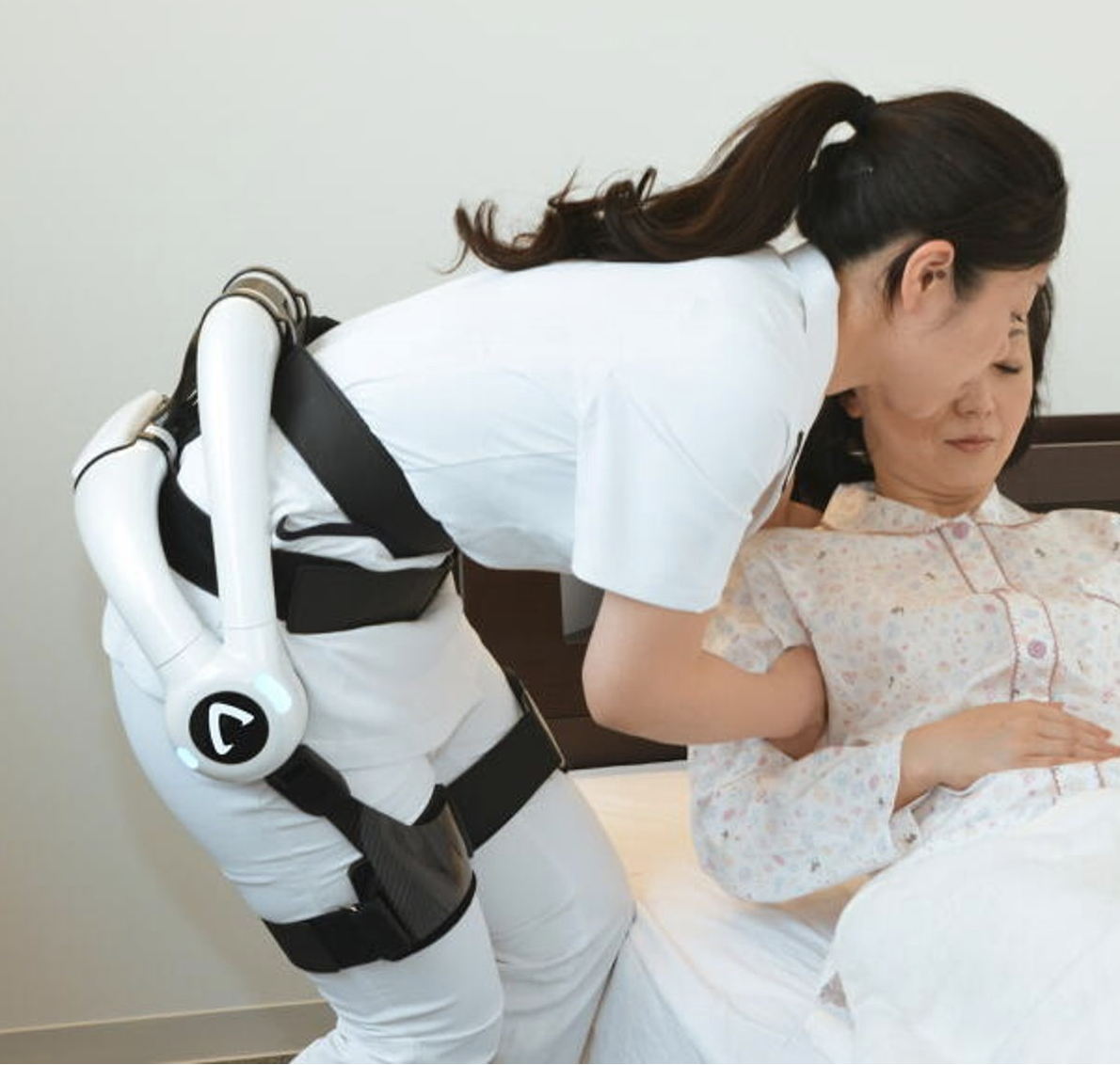
● Muscle Suit for Lower Back Support
Muscle Suit is a wearable artificial Muscle Suit that uses compressed air to reduce the strain on the lower back during physically burdensome care movements. There are two types of Muscle Suit. The first is a standard model operated by breathing through a tube connected to the suit that can provide assistance of about 30 kg by breathing in. However, the problems with this standard model are the heavy weight of the unit and the difficulty of operating it by mouth. Therefore, the first model has been improved to the second, stand-alone model, which is lighter and can be operated using a manual pump. Social Welfare Corporation Silver Wing Shintomi has introduced Muscle Suit, which is enabling its staff to provide transfer support alone. You can watch it in use in this video.
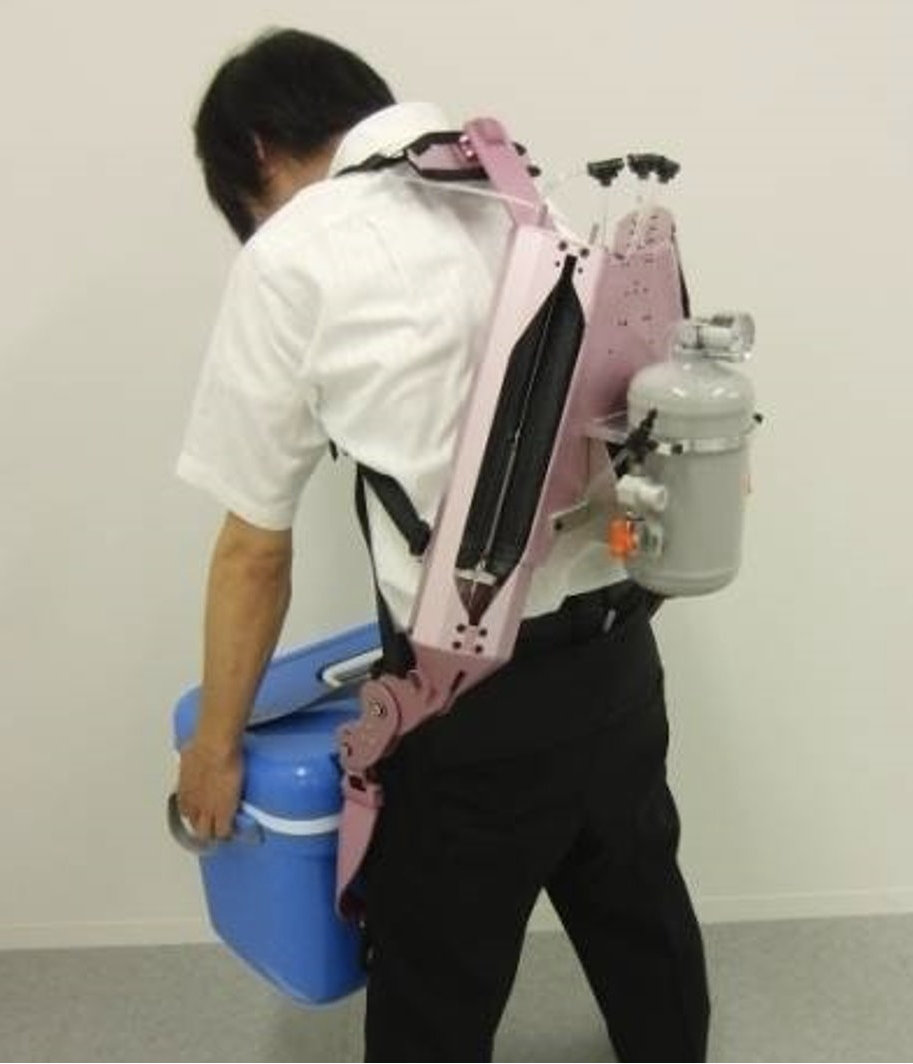
Long-term Care Technology that supports transfers
● Rise Assisting Robot “Resyone Plus”
Rise Assisting Robot “Resyone Plus” is an assist robot for getting out of bed, in which the bed is divided into two parts and can be used as a wheelchair when one side is separated. Using Rise Assisting Robot “Resyone Plus” makes it easier to get out of bed for those who have difficulty in doing so. Joyful Kakamigahara, a special nursing home for the elderly, has introduced Resyone Plus, and previously bedridden users are now able to spend more time away from their beds and to get some fresh air. You can watch it in use in this video.
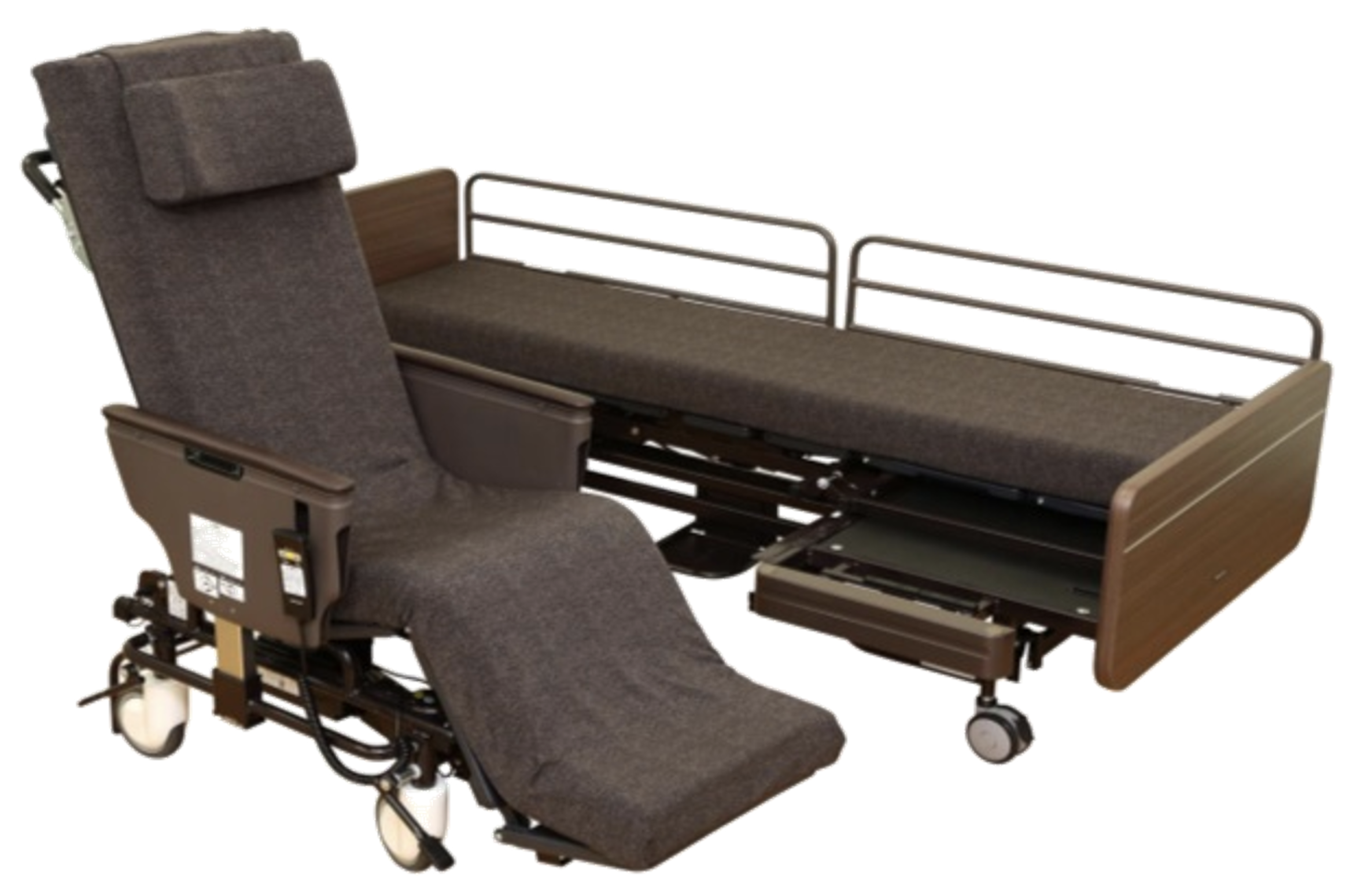
● Mobility Support Robot Hug
Hug is a robot that assists with transfers between sitting positions. When Hug assists a user, the hips are raised and the user is in a position where he/she is carried on the back of Hug, so it enables transfers between sitting positions or when toileting. Long Life Village Jyushiyama, a special nursing home for the elderly, is using this technology for transfers between sitting positions and for holding positions in the changing room. Hug also enables care receivers to go to the toilet without hesitation, compared to previously when they had to worry about being carried to the toilet by caregivers. You can watch it in use in this video.
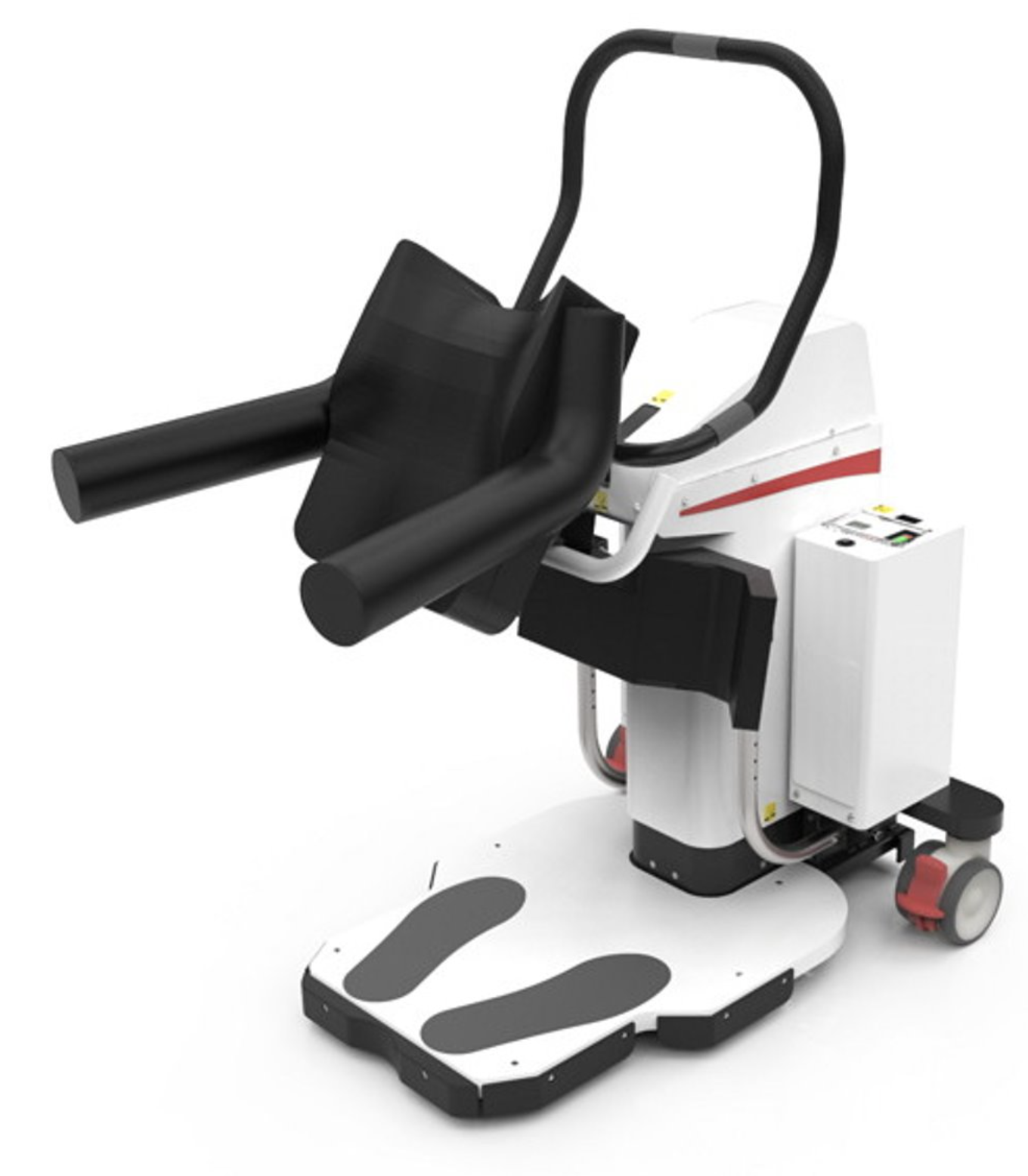
Monitoring Long-term Care Technology
Monitoring Long-term Care Technology can watch over several people at the same time.
● Predictive Monitoring System Neos+Care
Neos+Care can capture three-dimensional room conditions by using infrared distance sensors to keep an eye on residents. At Good Time Living Shibaura Island, a private nursing home, Neos+Care is used only for residents who are at risk of falling to prevent falls and to check the process of falling if one should occur. You can watch it in use in this video.
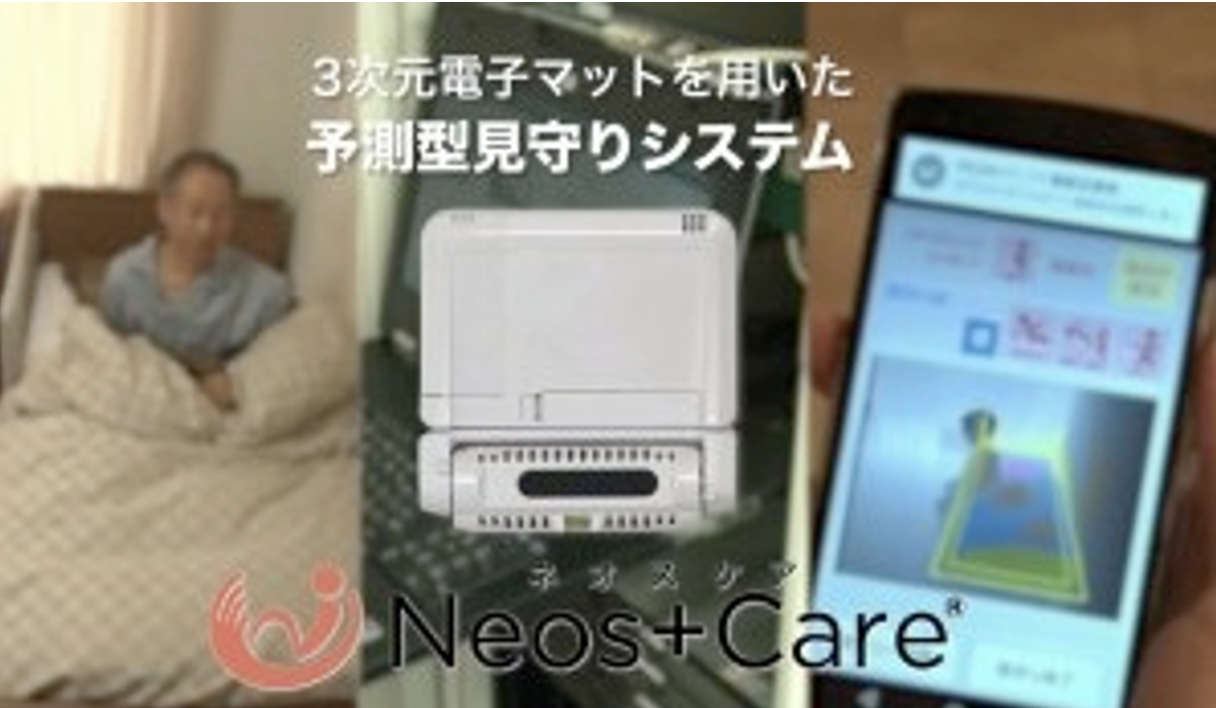
● Silhouette Monitoring Sensor
Silhouette Monitoring Sensor enables a room to be checked with a silhouette image. Medical Corporation Kenkokai Ichigo Home Support Center is using Silhouette Monitoring Sensor. Since this sensor is easy to relocate, it can be placed in the room in which you want to use it on that day. Using Silhouette Monitoring Sensor makes it possible to determine if a care receiver needs care now, enabling a caregiver to go to a care receiver when needed. You can watch it in use in this video.
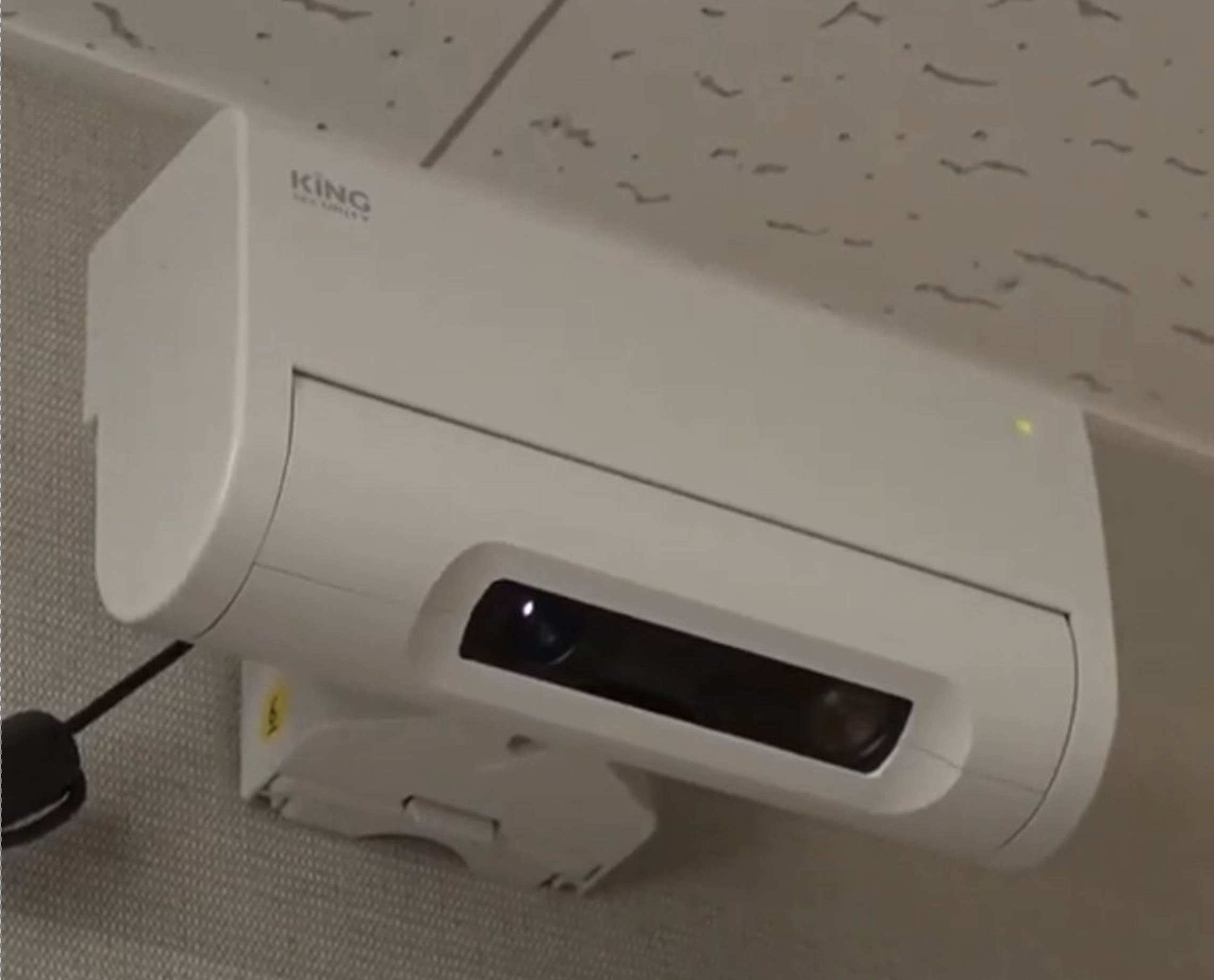
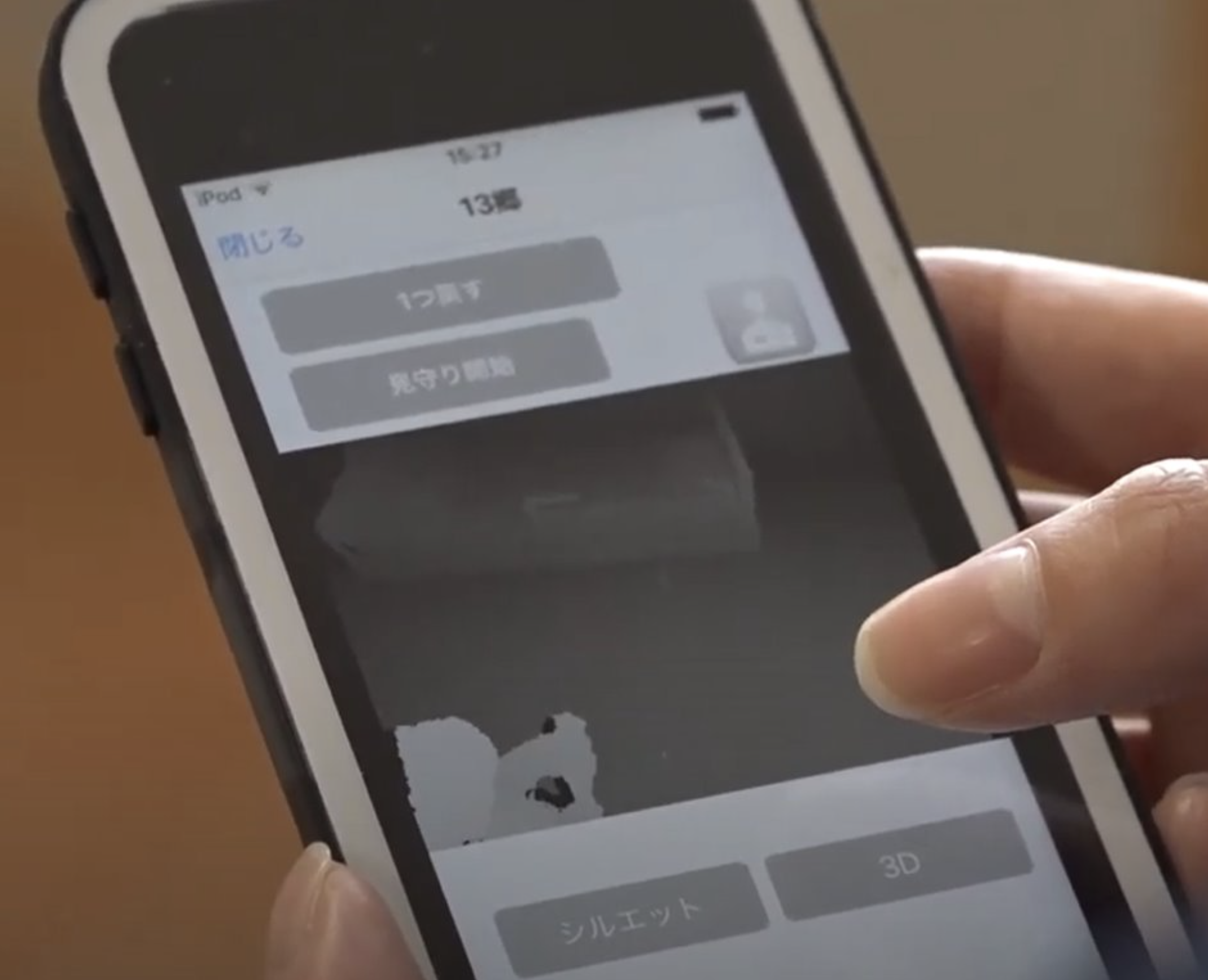
Long-term Care Technology that assists walking
● Robot Assist Walker RT.2
Robot Assist Walker RT.2 is a walker that assists walking. This technology is equipped with an electric power assist function that assists the user’s walking by controlling it according to the walking conditions. It measures the road surface conditions and the strength of force using sensors and provides walking assistance accordingly. Kisakino-so, a special nursing home for the elderly, has introduced RT.2, and it is enabling users who were previously unable to walk to walk again and to go to the toilet by themselves. You can watch it in use in this video.
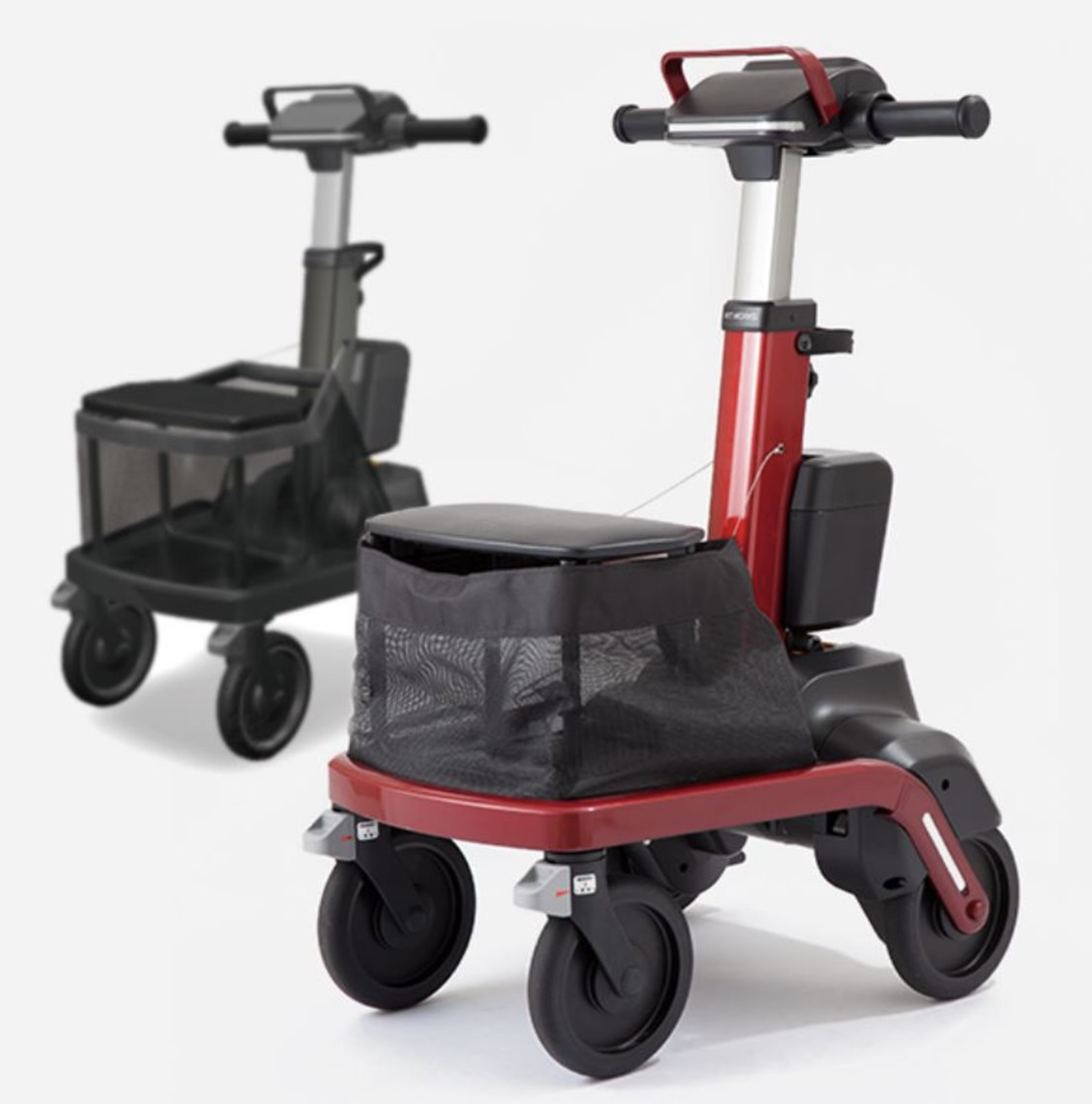
Long-term Care Technology that assists toileting
● Bedside flushing toilet
The flushing toilet can be installed next to the bed. It crushes and pressurizes waste to push it out and does not cause odor problems. Also, the water hose is thin, enabling it to be placed in the desired location. No major piping installation work is required. Shiigaoka Rakurakuan, a small-scale multifunctional home care, has introduced the bedside flushable toilet and it is helping users to maintain their dignity and independence. It can also reduce the work required of caregivers to clean the buckets of portable toilets. You can watch it in use in this video.

● Auto-wrapping toilet for care support Wrappon
Wrappon is a technology that disposes of excrement each time by placing polyethylene film containing a coagulant under the toilet seat, and after having excretion in it, and then closing the film each time using thermocompression bonding. The thermocompression boding suppresses odors and prevents secondary bacterial infections. Hidamari, an elderly nursing care facility, is using Wrappon and as the sealed bags can be disposed of, the amount of work required has been reduced and users no longer have to see excrement. You can watch how Wrappon works in this video.

● Flushing portable toilet
This is a flushing toilet that uses vacuum suction. The toilet is equipped with a water supply tank in which water is stored for use, so it does not require a water supply to be installed. It reduces odor and can be directly connected to the sewage pipe, so there is no need for sewage disposal. By placing it next to the bed, the risk of falls and hesitation to use the toilet can be minimized, and it encourages independent toileting. You can watch it in use in this video.

As we have introduced so far, there are many technologies that have been commercialized and that are being used in nursing care settings thanks to the efforts of Long-term Care Technology developers under the project to support the development of Long-term Care Technology by the Ministry of Economy, Trade and Industry and AMED. When developing Long-term Care Technology, it is important for users and developers to come together to develop and make better technologies by listening to the voices of caregivers and care receivers, understanding their needs, and receiving feedback after development. We hope that those of you who have not yet used Long-term Care Technology will become interested in it through this video.